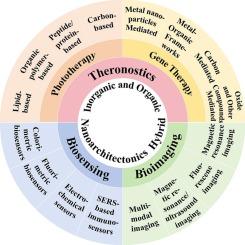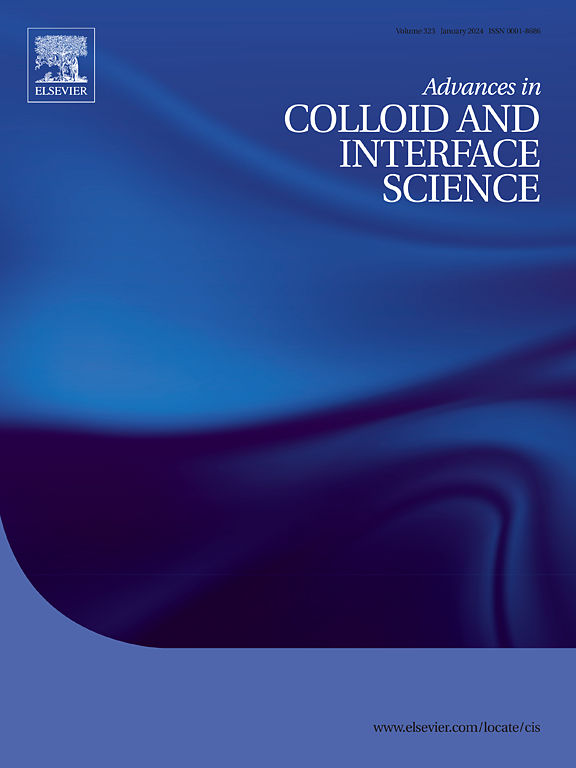生物医学应用的无机和有机杂化纳米结构。
IF 19.3
1区 化学
Q1 CHEMISTRY, PHYSICAL
引用次数: 0
摘要
无机和有机材料在纳米尺度上的融合导致了混合纳米结构的发展,在生物医学应用中具有无与伦比的性能。这些混合纳米材料利用其组成成分的协同效应,创造出能够解决复杂生物医学挑战的复杂结构。本文综述了无机和有机杂化纳米结构的最新研究进展,重点介绍了它们的设计原理、合成方法以及在药物传递、生物传感和生物成像等领域的应用。我们讨论了影响这些材料的生物相容性、稳定性和功能的关键因素,以及提高其性能的策略。最后,我们强调了混合纳米结构在生物医学研究中的局限性和未来前景,旨在为精准医疗和改善患者护理提供创新的解决方案。本文章由计算机程序翻译,如有差异,请以英文原文为准。

Inorganic and organic hybrid nanoarchitectonics for biomedical application
The convergence of inorganic and organic materials at the nanoscale has led to the development of hybrid nanoarchitectonics with unparalleled properties for biomedical applications. These hybrid nanomaterials leverage the synergistic effects of their constituent components to create sophisticated structures capable of addressing complex biomedical challenges. This review provides a comprehensive overview of the state-of-the-art in inorganic and organic hybrid nanoarchitectonics, focusing on their design principles, synthesis methods, and applications in areas such as drug delivery, biosensing, and bioimaging. We discuss the critical factors that influence the biocompatibility, stability, and functionality of these materials and the strategies employed to enhance their performance. Finally, we highlight the current limitations and future perspectives of hybrid nanoarchitectonics in biomedical research, with the aim of inspiring innovative solutions for precision medicine and improved patient care.
求助全文
通过发布文献求助,成功后即可免费获取论文全文。
去求助
来源期刊
CiteScore
28.50
自引率
2.60%
发文量
175
审稿时长
31 days
期刊介绍:
"Advances in Colloid and Interface Science" is an international journal that focuses on experimental and theoretical developments in interfacial and colloidal phenomena. The journal covers a wide range of disciplines including biology, chemistry, physics, and technology.
The journal accepts review articles on any topic within the scope of colloid and interface science. These articles should provide an in-depth analysis of the subject matter, offering a critical review of the current state of the field. The author's informed opinion on the topic should also be included. The manuscript should compare and contrast ideas found in the reviewed literature and address the limitations of these ideas.
Typically, the articles published in this journal are written by recognized experts in the field.

 求助内容:
求助内容: 应助结果提醒方式:
应助结果提醒方式:


